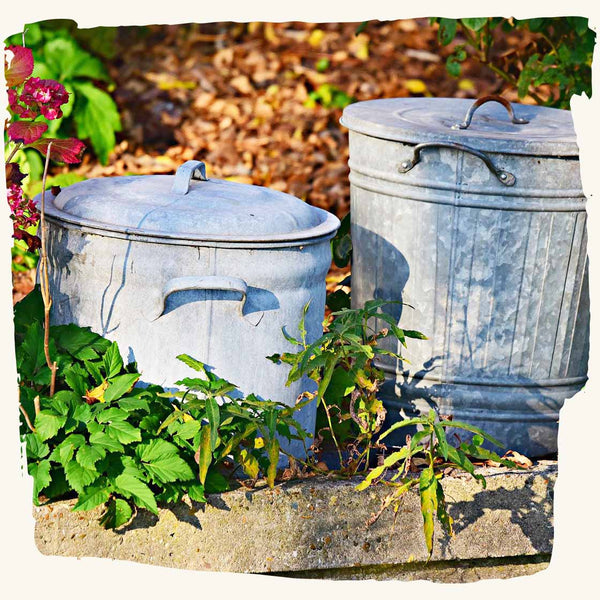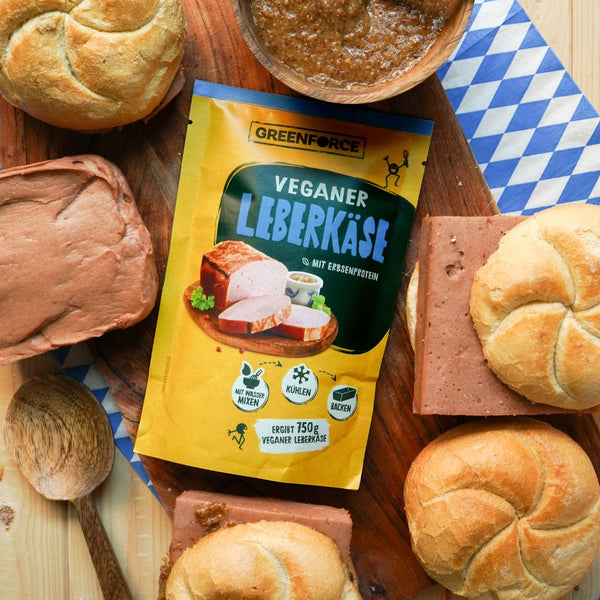What role does the best-before date play in food waste? What does the best-before date actually mean? What can each of us do about food waste? We want to give you answers to these questions today. Because each of us can do a part, especially when you consider that, according to Welthungerhilfe, around 811 million people are hungry.
The food waste
Globally, the World Health Organization estimates that around 1.3 billion tonnes of food is thrown away every year. If we look at Germany, around 12 million foods end up in the bin every year. An unimaginable amount when you consider that so many people have to suffer from hunger. The reasons for such a large quantity are very diverse, but according to Welthungerhilfe, exceeding the best-before date (BBD) is one of the most common causes of food waste.
However, it is not only consumers who are responsible for food waste, but also agriculture (e.g. pest infestation, storms), industry (e.g. transport damage, overproduction), wholesale and retail trade (e.g. products do not meet the visual requirements) and the catering industry ( e.g. unpredictable demand, regulations) contribute to this.
Definition of best before date (best before date)
By definition, the best-before date is the point in time until which the unopened products retain their properties such as taste, smell and nutritional value when stored correctly. Therefore, the best-before date is not an expiry date. Correct storage must be ensured throughout, i.e. on the packaging you will find instructions such as “store in a cool and dry place” or “protect from heat and moisture”. You have probably already read the following sentence on the packaging: “Consume within two days after opening”. The manufacturers of opened foods must provide the consumer with instructions here. However, as soon as you open the packaging, the best before date no longer applies.
Depending on how long the shelf life is, different markings must be noted on the label. If the shelf life is less than three months, the day and month must be stated. For foods that have a shelf life of between 3 and 18 months, the month and year must be labeled. For products that have a shelf life of more than 18 months, the year specification is sufficient.


Use by date vs. best before date
Products that are highly perishable are marked with a use-by date. This date indicates the last day on which the product can still be consumed. Otherwise, the food poses a health risk and may no longer be sold once it expires. For example, this is the case with packaged minced meat and fish.
Against food waste
The best before date is not an expiry date, which in turn means that you can often still enjoy foods that have expired and should not end up straight in your bin. It is important that you store the products correctly in their sealed original packaging. You can use your own senses to check whether your food is still edible. The smell, taste and color make it easy to tell whether the food is still safe to eat. You also do the same with products that have no labeling, such as fruit and vegetables. In our supermarket shelves, foods that have exceeded their best-before date or are about to expire are often resold at a reduced price. This means that these products still have a chance of not ending up in the depths of the trash.
There are now several companies that are specifically dedicated to this topic. For example, there is etepetete , which rescues organic fruits and vegetables that do not meet the usual beauty standards. Our Easy To Mixes also have a particularly long shelf life thanks to their powder form and the ability to portion them means we also counteract food waste.
We are currently talking about our Easy To Mix bratwursts, some of which are slowly reaching their best before date. However, they can still be consumed safely and with complete enjoyment. We also want to do our part in this regard and are now offering the bratwursts at 50% off. Click here and help us save the bratwurst.
Sources
https://www.welthungerhilfe.de/lebensmittelverschwende
https://www.lebensmittelverband.de/de/lebensmittel/kennzeichen/haltbarkeit
https://www.verbraucherzentrale.de/wissen/lebensmittel/auswaehlen-zubereiten-aufbewahren/mindesthaltbarkeitdatum-mhd-ist-nicht-gleich-verbrauchdatum-13452

















